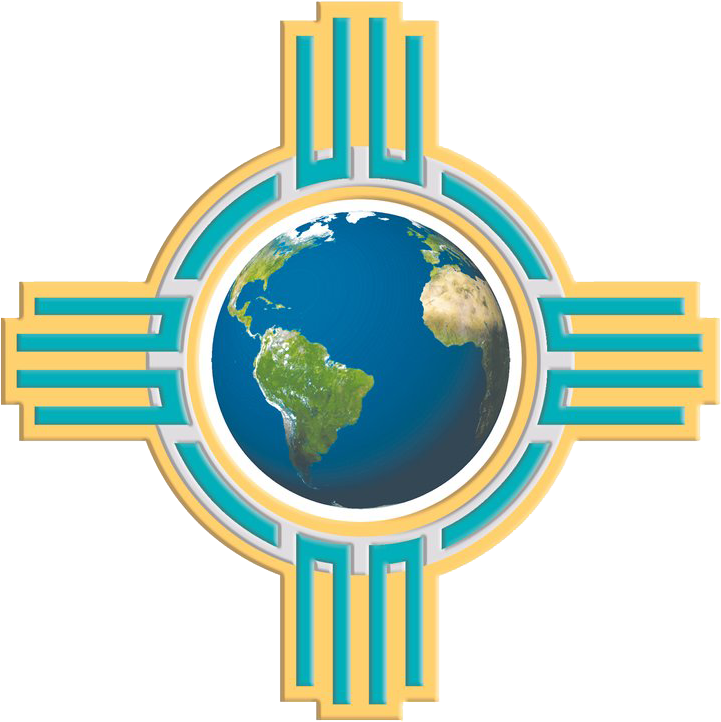
Path #1 A Holistic World History
Learning from the Past
The past has much to reveal to us if we listen closely and look deeply. This holistic, “big picture,” easy-to-remember, holistic approach to history organizes human development into five, critical turning points called waves—Communal, Agricultural, Urban, Modern, and Global. This approach draws on insights from our human past that will help us sort out and give greater meaning to the bewildering array of historical places and events we encounter on our travels.
Read More Below
A Holistic World History at a Glance….
A Holistic World History …
The past has much to reveal to us if we listen closely and look deeply. World historian and veteran educator, Dr. Denise R. Ames, uses a holistic, “big picture,” easy-to-remember approach to world history that draws on insights from our human past that will help sort out and give greater meaning to the bewildering array of historical places and events encountered on our travels.
Dr. Ames “big picture” world history travels from the big bang to the present, concentrating on the past 40,000 years of human history. She organizes this period of history according to five overarching human developments or critical turning points she calls waves—Communal, Agricultural, Urban, Modern, and Global.
Communal Wave, !Kung Kalahari Desert, Africa,
photo Izla Bardavid
Agricultural Wave, farming Mexico, photo Denise Ames
Urban Wave, Ming Dynasty, Beijing, China, Iran, photo Denise Ames
In the Communal Wave people gather/hunt or forage for food and live together in small communal, nomadic bands bound together through strong kinship ties. This wave encompasses the emergence of modern humans around 40,000 years ago and continues today with very small numbers still practicing, although in an altered form, a foraging way of life.
With the Agricultural Wave people change from foraging for food to growing food and a sedentary, village way of life. People begin to make this change in some, but not all, areas of the world beginning approximately 10,000 BCE. This transition also occurs at later time periods whenever small groups of people develop an agricultural way of life. Some people today continue to live in small villages and retain some Agricultural Wave characteristics similar to earlier people. More populated and complex agricultural societies develop chiefdoms.
During the Urban Wave, beginning in Mesopotamia around 3500 BCE (before common era), some people develop from simple villages to more populous and complex urban societies. This wave marks a transition to civilization and all its accompanying characteristics. Some people in the world today continue to practice conventions that are characteristic of the Urban Wave, especially its religious traditions. During this time nomadic/pastoral people forged adversarial relationship with urban people. The Urban Wave is further examined in four historical periods: ancient, classical, post-classical civilizations, and traditional.
The Modern Wave emerges around 1500 CE when some Western European countries rise to prominence, beginning with the conquest of the Western hemisphere and followed by interaction with and subjugation of societies throughout the world. Modern characteristics, shaped largely by Western Europeans, unevenly diffused around the world after 1500. The Modern Wave is arranged into the early modern era, the modern industrial era, the modern 20th century, and continues today.
The Global Wave is presently developing across the world, especially in more industrialized countries. Humans in this wave create globally interconnected communication, transportation, financial, commercial, and trade networks and they use sophisticated technological innovations. Within the Global Wave are contentious and dissimilar worldviews, five of them are indigenous, traditional, progressive, globalized, and transformative.
Dr. Ames’ defines her holistic approach as when the cultural traits of a society—politics, economy, technology, culture, religion, values, and environment—interact, reinforce, and support each other. Changes in a cultural trait can create a ripple effect, which in turn changes other cultural traits. This holistic approach considers the long-term consequences of actions and events, sees relationships and connections, and recognizes the big picture.
Each of the five waves described above is holistic, meaning its five cultural patterns—ecosystem, techno-economic, social, political, and cultural—interact and reinforce each other and are repeated in each of the five waves. Each wave has a beginning date but no ending date, as each wave continues in some form today. To give consistency and understanding, these five patterns are repeated in each wave as an organizational tool to help give clarity to historical information.
Our underlying human nature, evolving through millions of years, provides the foundation for Dr. Ames holistic world history. History shows us that our common human nature—our innate behaviors and actions—are instrumental in shaping a society. It explains the common ways humans have built their societies and shaped their cultural developments. Even though humans have created distinct cultures, they all have underlying commonalities.
Learning from the past, in which humans have gone through numerous developmental changes, can help us sort out the bewildering and critical array of choices we face today. For example, by ignoring the creative and destructive aspect of our human nature can contribute to social breakdown or disruption. Dr. Ames argues that it is time we draw on insights from our human past to give us a foundation in forging a more sustainable, realistic, and meaningful future.
Modern Wave, Hotel in Dubai, UAE, photo Denise Ames
Global Wave, Windmills in Germany, photo Denise Ames
Read more about world history in Waves of Global Change: A Holistic World History by Dr. Denise R. Ames







